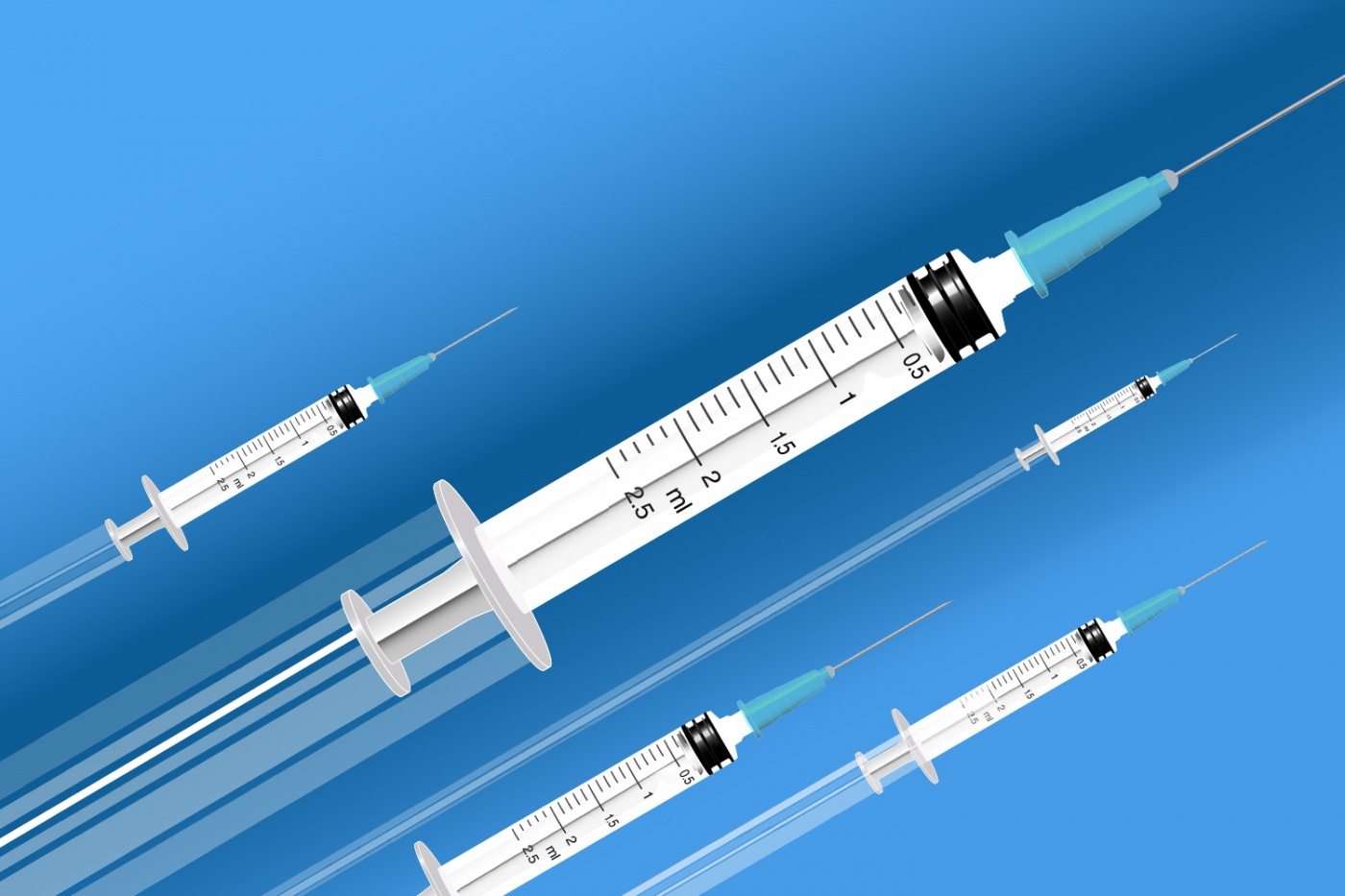The Covid-19 Vaccine Race May Not Be the Panacea You Think
In 1949, the entire world waited with bated breath to see if the two largest superpowers would lock horns. Once potential allies, the Soviets and the United States saw a souring of their relationship when they tried to outdo each other in atomic weaponry—marking the start of the Cold War arms race. Aside from firepower, the battle extended beyond earth. The launch of Sputnik 1, the world’s first artificial satellite in October 1957 by the Soviets, was a display of one-upmanship, which only spurred the Americans to develop aerospace capabilities. After more than 40 years of tension, the Cold War finally ended in 1991 with the dissolution of the Soviet Union, but the nuclear arms race isn’t over. Countries such as China, Iran, North Korea and Pakistan have also bolstered their military might over the years.
Since the pandemic outbreak began in March, another kind of “arms race” has come into play. Power no longer manifests as weapons and ammunition, but is now in the form of a panacea. As the coronavirus continues to rage across the globe (taking 1.19 million lives and counting), a multibillion-dollar race to develop a Covid-19 vaccine is underway. And whoever is first to produce a safe and effective vaccine will have the world at their feet. While many believe that a cure can solve all the existing problems in the world, critical issues such as the abuse of power (who they sell the vaccine to) may arise—further exacerbating the problem of inequality, where poorer nations could be denied access. Another worry is that pharmaceutical companies may cut corners at the expense of consumer health, in pursuit of profit.
Should governments be trusted in the first place? Superpowers like the US, China, Russia, the UK and Germany have spent a tremendous fortune to create and manufacture a vaccine. In August, Russia appeared to take pole position with a vaccine named Sputnik V (after the Sputnik satellite of 1957), which was prematurely approved before even concluding the final stage of the process. The country rejoiced as they saw a way to profit from the crisis with at least 20 over countries showing interest, despite experts cautioning against the vaccine.
Even before Russia’s announcement, China had already approved an experimental vaccine for military use in late June. President Xi Jinping informed the World Health Assembly that China would offer their vaccine globally, but only after distributing it to their citizens first. Over in Europe, the European Commission pledged US$412 million to vaccine research and the UK managed to earmark at least 380 million doses from several developers including Oxford-AstraZeneca, BioNTech-Pfizer, Valneva, Imperial and Sanofi-GSK for their citizens. Earlier in the month, US President Donald Trump confidently claimed that “the vaccines are coming momentarily.” This was, however, refuted by Dr. Paul Pottinger, an infectious disease professor at the University of Washington School of Medicine, who said that a safe vaccine would not be available for “many, many months.” He went on to elaborate that there would be inevitable delays between the time a vaccine is confirmed to be safe and when it can be publicly distributed.
At the moment, 59 coronavirus vaccines are in different stages of clinical trials, with six in the final stage of human trials. Three of these aforementioned vaccines come from China, two developed by Sinopharm and one by Sinovac Biotech; the fourth is by the University of Oxford and AstraZeneca, and the last two are by Pfizer and Moderna in the US. Making a vaccine is not a straightforward process; it requires several stages of research and clinical trials before approval. And the danger of precipitating this process is that certain vital steps may either be combined or left out, making the end product less than ideal. Although many experts predict that there will be many versions of the vaccine ready for distribution by 2021, it may take more than a year or two for life to resume normalcy.
History has shown that there will always be the winners and losers in a global health crisis. When a vaccine for the 2009 H1N1 influenza pandemic became available, wealthy nations snapped up the supplies, leaving the poor ones in the lurch. Many countries were also more concerned about meeting their own needs rather than helping others. Despite French President Emmanuel Macron remarking that the vaccine needs to treated as “public good for the world, and not subject to the laws of the market,” who will get access to the vaccine this time? Furthermore, can developing nations afford it? Or will they be subsidised at a lower price?
Chances are the worst-off countries will get the short end of the stick, but there are organisations striving for a collective and coordinated approach. Aside from the World Health Organization’s ACT-Accelerator, Oslo-based Coalition for Epidemic Preparedness Innovations has injected funds to help develop a vaccine as quickly as possible. However, despite WHO’s efforts at encouraging global cooperation, many experts still believe that national agendas, corporate interests, egotism and self-serving politicians will ultimately get in the way. As countries race to come out on top, being the first doesn’t equate to superiority. In the long term, various types of vaccines will be needed to control the spread of this pandemic. Earlier this month, the European Union assured the world by firmly saying that despite the urgency, all vaccines have to be assessed against the same exacting standards as any other medicine before it will be approved—without factoring hubris and greed. While on the surface, there is an urgent need for a vaccine to save millions of lives, the goal shouldn’t just be about speed but for the benefit of the entire world, where anyone and everyone can have equal access to a low-cost vaccine.


